
Household pest control
Households can be invaded by different kinds of pest, which affect the quality of life. Depending on the species of these menace, we offer tailor-made solutions to your problems with our experience and professionalism.
Booklouse
Silverfish
Woodworms
Plaster Beetles
Ants
Siphonaptera
Drosophila
Dermatophagoides pteronyssinus

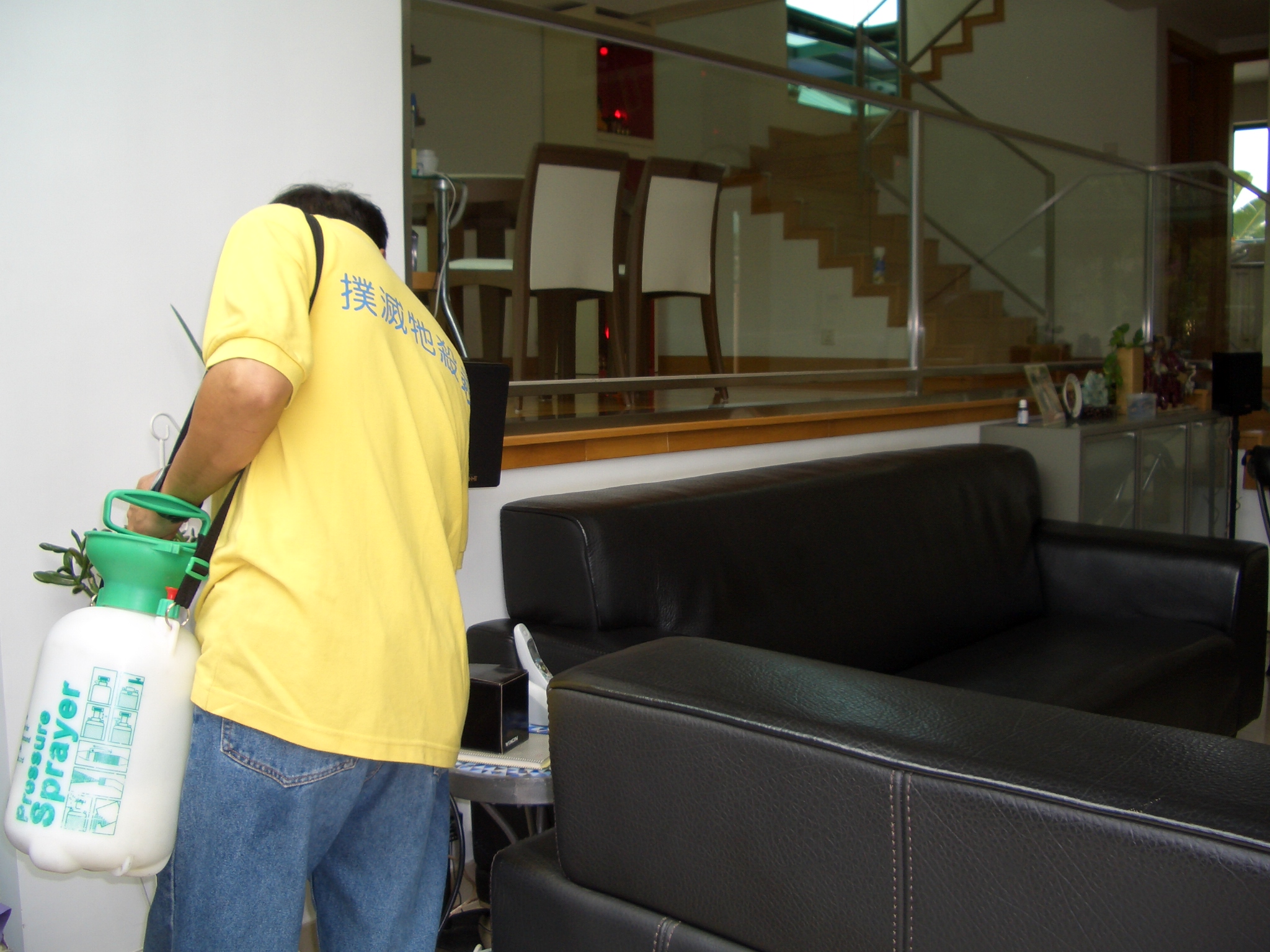
Booklouse
Booklice, also known as psocids, have a white, pale yellow, or gray body color.
There are two main causes of booklice infestation:
1. recent home renovation and
2. high humidity in the home.
Environmental:
They prefer dark, warm, humid, poorly ventilated, and undisturbed environments to grow. They typically thrive in new buildings with high humidity and low light. Booklice mainly feed on molds, fungi, fur, and paper. Their growth usually increases with the rise of temperature and humidity.
The most effective way to prevent booklice is to:
1. keep the environment dry.
2. Use a vacuum cleaner to remove dust and debris, which can prevent them from obtaining food.
3. Keep the indoor environment well-ventilated and use a dehumidifier to maintain dryness.
4. Clean up mold and eliminate their food sources.
5. Use a hair dryer to “heat and kill" them with high heat while also removing moisture.
When the above methods are not effective, it is recommended to hire a professional pest control company.
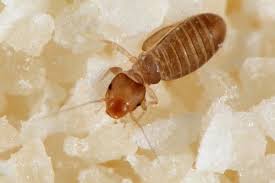

Silverfish
Habitat: Often found outdoors in soil crevices, rock fissures, and beneath bark where there is a lot of decaying organic matter. Indoors, they can be found feeding on starchy materials such as paper, paste, and glue.
Behavior:
Silverfish are afraid of sunlight and tend to hide in dark places where they can damage clothing, books, and other items. They are nocturnal insects that prefer to live in damp, dark areas. Silverfish have a preference for foods that are rich in starch or complex carbohydrates. When hungry, they may even eat leather products and synthetic fabrics. Silverfish can survive for several months without food and their bodies are not adversely affected by hunger.
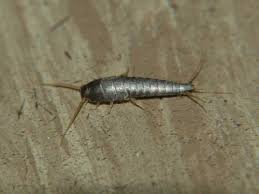
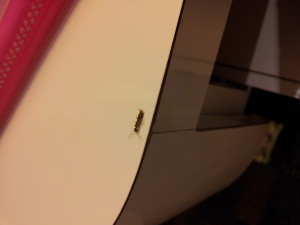
With an extremely long lifespan and continuous egg-laying ability, it is necessary to pay close attention regularly.
Woodworm
Infestation of woodworms is signaled by holes in wooden items and faeces around these holes.
Characteristics of woodworms:
– They are the larvae that feed on wood
– They can survive in dry and without food
– They will transform into adults and fly away from the tunnels in the wooden items
– They prefer habitation in dark and quite environments.
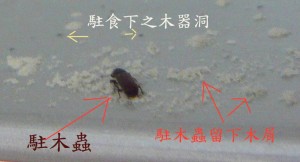
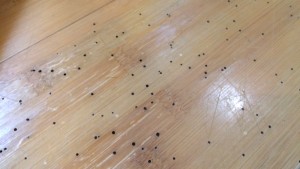
Plaster Beetles
Plaster beetles are small pests (1-3mm long) that feed on fungus and they thrive in moist environments.
The intrusion of plaster beetles can be avoided by:
– Drying of lumbers and cements before construction to prevent spread of fungus
– Maintaining a dry living environment
– Checking regularly your dry food, humus and wooden items
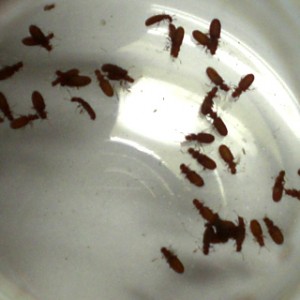
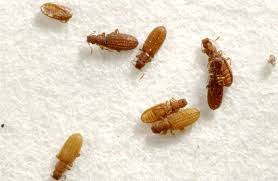
Ants
There are 2 species of ants that can be seen commonly in Hong Kong and below are their usual habitations:
Monomorium pharaonic: indoor floors, intersect of walls and yards
Paratrechina longicornis: outdoor pathways
The intrusion of ants can be avoided by:
– Careful storage of food, especially sweets and candies, in sealed containers.
– Filling-up of cracks and crevices by cement
– Removal of ant-invaded plants
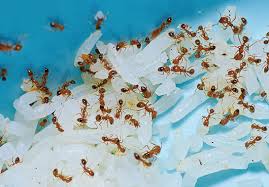
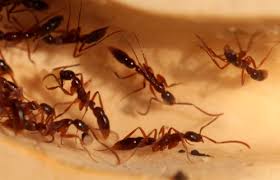
Siphonaptera
Commonly known as fleas, they are active annually from March to October. The bites of fleas can cause irritation in human skin and even cause diseases. Fleas can be commonly found in household pets, such as dogs, cats and even rats.
They feed on human blood regularly (at least once per day) and this frequency could increase depending on temperature and humidity.
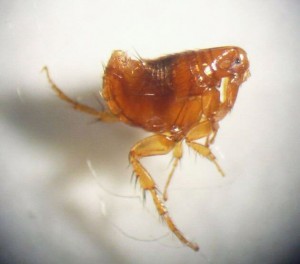
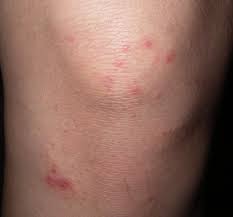
Drosophila
Drosophila is a type of small flies that can be commonly seen on rubbish bins and rotten vegetables or fruits. They are small in size with reddish eyes.
The intrusion of drosophila can be avoided by:
– Covering the rubbish bins
– Warping your fruits with plastic wrap
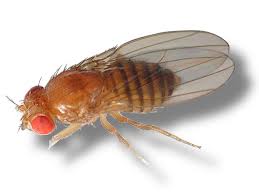
Drosophila can survive in very severe environments
Dermatophagoides pteronyssinus
Commonly known as dust mites, they thrive in warm and humid environments. They feed on a variety of substances including fibers, food crumbs, dust, metabolites, etc.
The intrusion of dust mites can be avoided by:
– Avoidance of using furniture made of fiber-material
– Maintenance of a dry and ventilated living environment


 9821 8022
9821 8022


